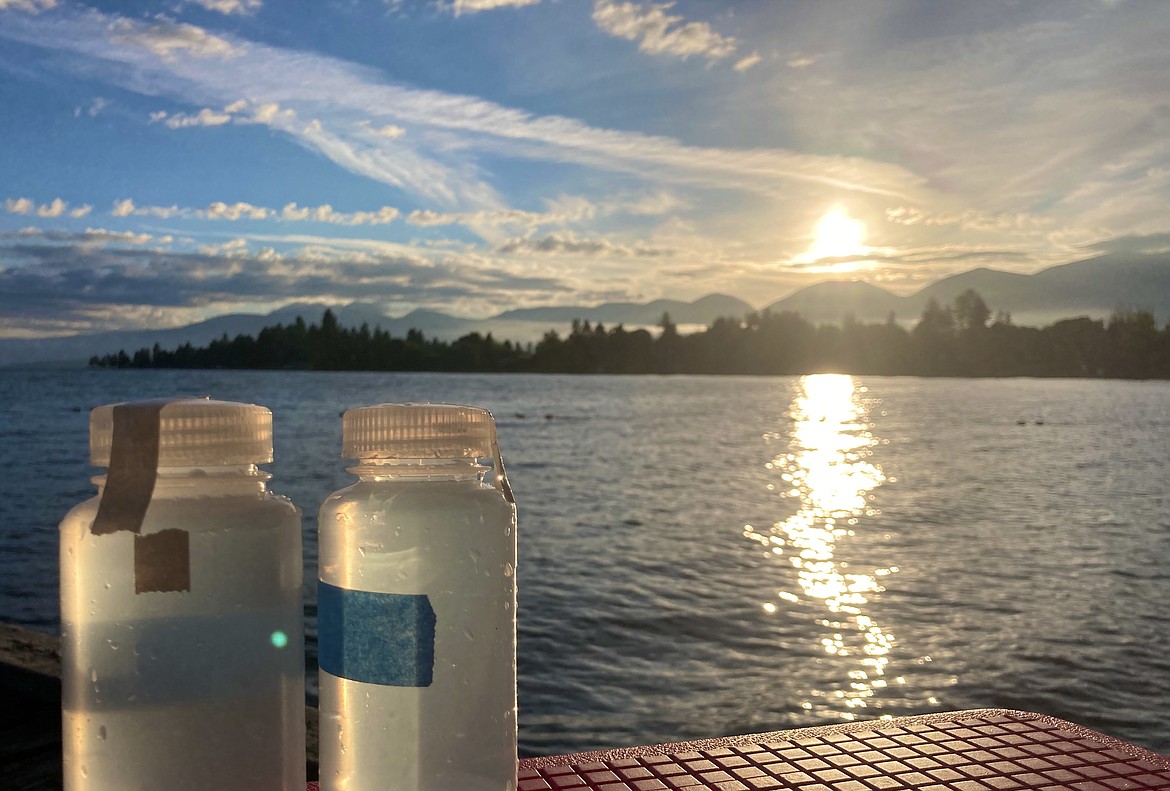Deep Dive into FLBS: Sampling for Flathead Swimmers
It’s predawn in Polson, the sun still tucked behind the towering Mission Mountains as I ease my car into the unpaved parking lot of Boettcher Park. The sky is an array of pastel pinks and ashy blues. A gentle breeze stirs the air, carrying with it the fresh and slightly sweet aromas of the cottonwoods nearby...
Become a Subscriber!
You have read all of your free articles this month. Select a plan below to start your subscription today.
Already a subscriber? Login




